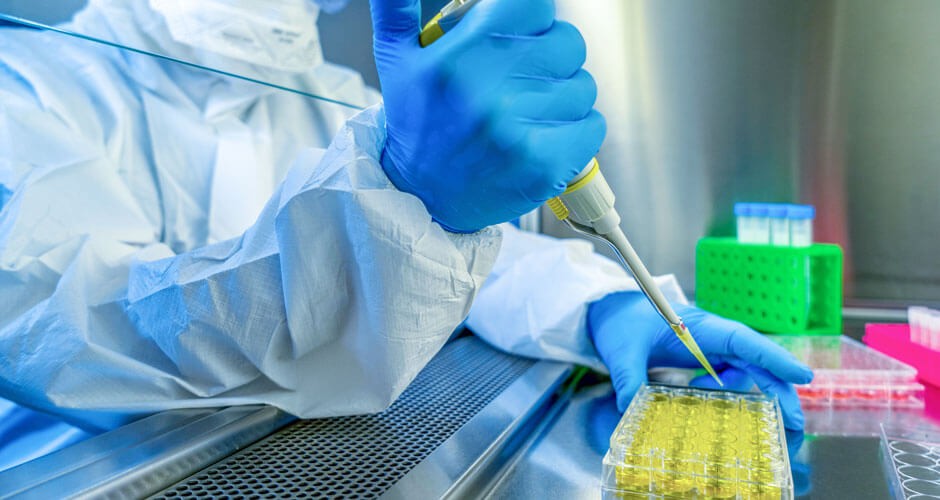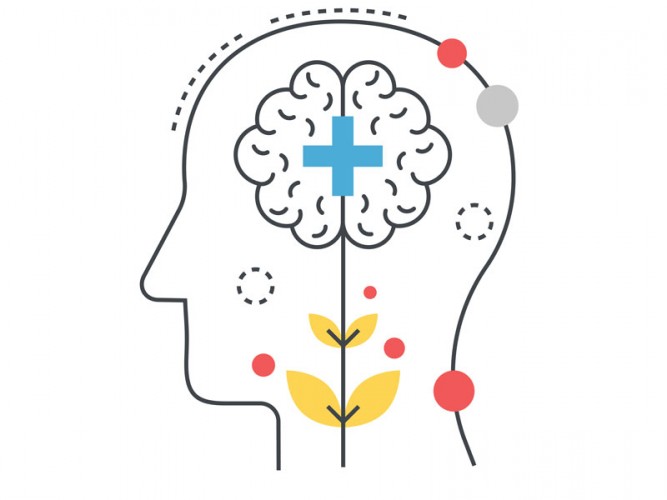Scientists around the world raced to develop an effective vaccine to protect people from the coronavirus.
To be able to come up with a vaccine in less than a year would be an unusual feat, but the pandemic has been anything but ordinary.
“This is an innovative time,” says Dr. David Pearce, president of Sanford Innovation, Research and World Clinic. “Right now, this is a serious pandemic. Many thousands of people have lost their lives. All hands on deck, not taking shortcuts, just 24/7, and lots of people 24/7 throwing their energy and innovation toward this because we’ve got to crack it.”
You may wonder how a vaccine gets developed and then approved. Here is some basic information about how the vaccine development process works, according to the FDA and the Centers for Disease Control and Prevention. There also are some specific considerations for a coronavirus vaccine.
What is a vaccine used for?
Vaccines offer people immunity from infectious diseases caused by viruses or bacteria that could cause complications, hospitalizations or even death in some populations. Vaccines may prevent people from getting a disease at all, or they may reduce the severity of an illness.
Why are vaccines important?
Vaccines can protect individuals from unpleasant symptoms or dangerous effects of an illness. If a large enough percentage of the population gets immunized, vaccines also have the effect of protecting the people who are unable to be immunized. They can help keep immune-compromised people or young infants from catching a life-threatening disease.
How do vaccines work?
The Pfizer and Moderna vaccines use messenger RNA to trigger an immune response.
mRNA vaccines are a new type of vaccine to protect against infectious diseases, says the CDC: “To trigger an immune response, many vaccines put a weakened or inactivated germ into our bodies. Not mRNA vaccines. Instead, they teach our cells how to make a protein — or even just a piece of a protein — that triggers an immune response inside our bodies. That immune response, which produces antibodies, is what protects us from getting infected if the real virus enters our bodies.”
Meanwhile, Janssen (J&J) and a few others in clinical trials use viral vectors to trigger immunity.
According to the CDC, “Viral vector vaccines use a modified version of a different virus (the vector) to deliver important instructions to our cells. For COVID-19 viral vector vaccines, the vector (not the virus that causes COVID-19, but a different, harmless virus) will enter a cell in our body and then use the cell’s machinery to produce a harmless piece of the virus that causes COVID-19. This piece is known as a spike protein and it is only found on the surface of the virus that causes COVID-19.”
How do we know a vaccine is safe?
Before a vaccine can become available for use by the American public, the FDA must first approve it, following a series of successful development stages. The FDA and CDC then monitor the safety of the vaccine once it is in use. The FDA’s Center for Biologics Evaluation and Research (CBER) regulates vaccines in the United States.
How are vaccines usually developed?
Traditionally, vaccines go through a series of stages of development that can take a number of years.
Stage 1: The exploratory stage of basic research, which may take several years.
Stage 2: The preclinical stage, which may involve animal testing.
Stage 3: Clinical trials, which involve humans. This stage, which sometimes takes several years, has at least three phases for vaccines and often includes a fourth.
- Phase 1: This phase gives the vaccine to healthy volunteers and considers questions about safety and side effects.
- Phase 2: This phase broadens to more volunteers with characteristics similar to the people the vaccine aims to help. It considers questions about safety and effectiveness.
- Phase 3: This phase involves a large number of volunteers and compares people who received the vaccine to people who did not.
- Phase 4: This phase involves ongoing studies of effectiveness and long-term safety after the vaccine is approved. The FDA can mandate a Phase 4 study.
Stage 4: The regulatory review and approval stage. The FDA approves the vaccine if it is safe and effective and if the benefits outweigh the risks.
Stage 5: The new vaccine is manufactured in batches called lots.
Stage 6: The quality control stage. Lots are tested by the manufacturer for safety, purity and potency. Then the FDA reviews their safety and quality before they may be distributed. The FDA also conducts inspections of vaccine manufacturing facilities regularly.
What about monitoring after vaccines are in use?
Vaccines are monitored for possible side effects — or adverse events — after they’ve been approved and distributed. Anyone from patients to health care providers can submit reports to the Vaccine Adverse Event Reporting System, which then analyzes them. If reports reveal new information on risks for a vaccine, its recommendations may change.
Do guidelines differ for developing coronavirus vaccines?
No. The FDA released nonbinding recommendations in June 2020 specifically addressing the development, approval and manufacturing of vaccines to prevent COVID-19, as the agency considers it a public health emergency.
“While the FDA is committed to expediting this work, we will not cut corners in our decisions and are making clear through this guidance what data should be submitted to meet our regulatory standards,” said former FDA Commissioner Stephen M. Hahn when the guidelines were released.
What is emergency use authorization?
Declaring an emergency use authorization would allow a vaccine that hasn’t been approved yet to be distributed — before the end of a Phase 3 clinical trial, for example. Among the requirements to meet an emergency use are a determination that the known and potential benefits of a vaccine outweigh the known and potential risks in preventing a serious or life-threatening disease. For vaccines, an assessment about an emergency use would be considered on a case-by-case basis.
Information in this article was accurate when it was posted. As the COVID-19 pandemic continues, scientific understanding and guidelines may have changed since the original publication date. Read more about the COVID-19 vaccines.



